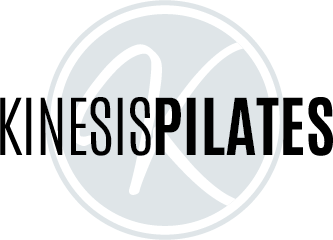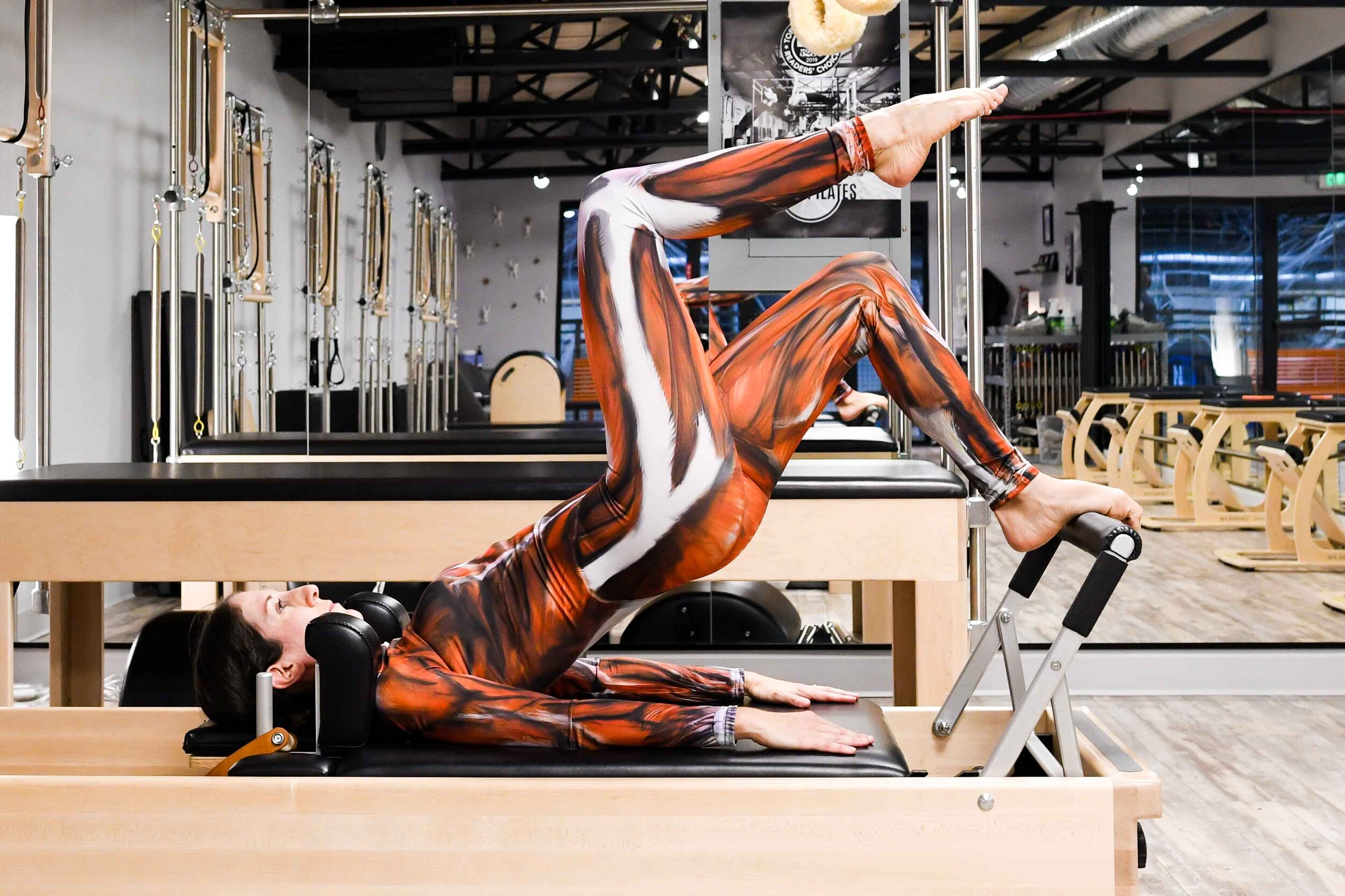Do you ever people watch and notice the details of their anatomy? Sure you notice their hair, clothes, shoes. But what about their body—how they walk, how they hold their head, the shape of their backside?
In being a keen observer of human bodies and in teaching movement for thousands of hours, a trend becomes clear—as a whole, the people of sedentary cultures like ours have lost their butts. Where have they gone?!
Tilted vs. Neutral Pelvis
When you stand on your legs, ideally the pelvis is perched atop them in what we call a “neutral pelvis.” To see if yours is neutral, place the palms of your hands on the top front of the pelvic bones (anatomically referred to as the ASIS—anterior superior iliac spine) and your finger tips onto your pubic bone making a triangle with your hands. If this triangle is perpendicular to the floor, your pelvis is neutral. If the pubic bone is forward in relation to the top of the pelvis, we call this a pelvic tilt. In this case, a posterior pelvic tilt, or what you might call a tuck. We can tilt the pelvis when standing, sitting, laying down. And when the top of the pelvis tilts back while the base of the pelvis tilts forward, the butt and all its muscles are somewhat tucked under and likely clenched. The majority of people who come to our studio lay on the reformer on day one in such a position.
Triangle hands can help you notice whether your pelvis is tipped or “neutral.”
But people haven’t just tucked their butts out of the way. They’ve pushed their pelvis forward in space and essentially hung all its weight onto the ligaments in the front of the hip and the hip flexor muscles. This alignment of the bones makes the quads grip eccentrically to keep you upright and renders the hamstrings and gluteal muscles unable to participate in keeping you up. You’ve found a way to stand without using your backside. Yay for energy conservation, bummer for the function of your joints and development of the muscles that support them.
Sitting behind the sitz bones in a posterior pelvic tilt.
Sitting Pelvis
We reinforce this pattern in the way we sit. Rather than perch atop our sitz bones, many of us roll back behind them. Again a posterior pelvic tilt, this time putting pressure and stretch on the low back as well as the hip flexors to keep us upright. We sure are fans of sagging and hanging because let’s face it, it’s easier. Until the structures of your back start to wear out (discs!), your body signals pain, and then you head to the Pilates studio for help.
Walking Pelvis
The result of the way we align our bones is that we don’t use our glutes well. If we don’t use them to stand, then when we start moving from standing to walking, we aren’t going to use them either. Rather than truly extend our hips with each step, we shuffle by pulling forward with our quads and hip flexors. I used to stand and walk this way myself. And when I touched my backside, it was always cold. Cold because I wasn’t using it and bringing blood, circulation and warmth via muscle contraction.
So where did all the butts go? We aligned our bones so that we don’t use the muscles of our backside properly. We clench them to tilt our pelvis rather than use them to extend our hips. Or said another way, we use them to shove the pelvis onto the femur, rather than hold the pelvis up and move the femur in the pelvis.
Can glute exercises solve this?
When you notice the disappearance of your backside, you may head to the gym to try to train these muscles into a nice shapely rear. Yet your biomechanical habits remain and as soon as you leave, you’re back to using them as you always have. A movement coach like a Pilates teacher may point out that your pelvis is posteriorly tilted or tucked, but unless you unwind these patterns well, you may arch your lumbar to pull your pelvis into neutral, which ultimately is very tiring for the low back.
Get Your Butt Back
First we need to align the bones, release the clench that shoved the pelvis under, find the core stability to keep the pelvis neutral, and use the hamstrings and glutes to extend the hips as intended. And voila, before you know it, you may find your butt resuming its shape (and along with it, happier, less tight hamstrings and a pelvic floor that is aligned to do its job).
But don’t come complaining to us when you need new jeans. Or better yet, toss the tight jeans for clothes you can actually move in so that you can continue to use your new strong butt to get you from here to there.








